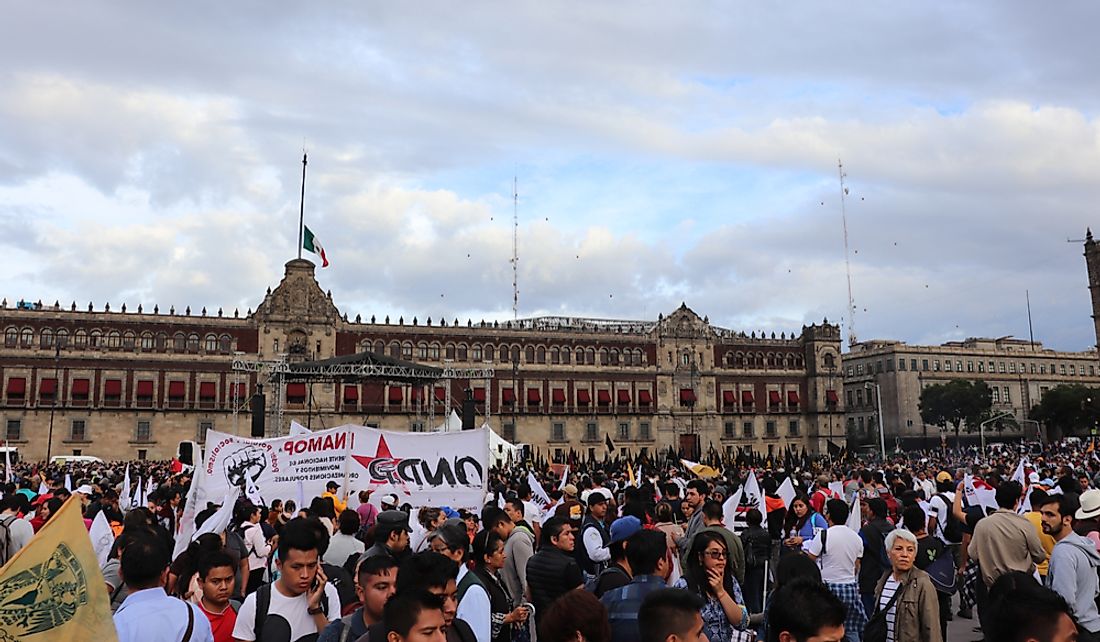What Was Mexico's Dirty War?

The Dirty War was an internal battle that took place in Mexico in the 1960s and 1970s. It took place during the presidencies of Gustavo Díaz Ordaz (in office 1964-1970), Luis Echeverría (in office 1970-1976), and José López Portillo (in office 1976-1982). Mexico’s Dirty War involved a number of different groups fighting the government. The groups that took part in the war included The Institutional Revolutionary Party (Mexican PRI-ruled government) backed by the United States against left-wing guerilla crowds, Christian socialists, and rebellious students.
Groups and Events
The active student movement instigated a war that the PRI regime responded. The war caused the death of approximately 30 to 300 students. The students were killed while rallying during the Tlatelolco massacre in 1968. Others lost their lives while demonstrating in the Corpus Christi massacre in 1971.
The September 23 Communist League was also part of the Dirty War. It took place in various cities all over Mexico. Its forces were made up of Marxist Students Society and Christian Socialists. The groups battled with Mexican security forces and even tried to abduct the president’s sister, Margarita Lopez Portillo. Party of the Poor was also part of Mexico’s Dirty War that took place in Guerrero.
The Party of the Poor war was steered by a former teacher named Lucio Cabanas. The battle aimed at fighting and resisting cruel police practices and land ownership impunity. They battled by carrying out surprise attacks on police forces. They also kidnapped the elected governor of Guerrero. On the other hand, Mexico PRI-government used torture during the Dirty War.
The PRI-run state used torture as a way of intimidating the political protestors and the guerrilla groups. They also applied torture to get information about planned attacks from apprehended protestors and guerillas. The torturing of demonstrators during the Dirty War took place in secret arrest centers, after which the protestors would be moved to a legitimate prison. This action ensured that the state activities remained secretive to outsiders. The torturing and cruelty became rougher in 1968 during students rebellions. The state perceived it was essential to deal with the disturbance.
Historical Significance and Legacy
Although the Dirty War ended decades ago, there are many unanswered questions. For instance, the number of people who lost their lives to the war is unknown, because of the mysterious nature of the battle. Also, neither was there an extensive directive to bring justice to culprits nor help to families of the victims.
Mexico’s Dirty War causes tension in Mexico sometimes, because of the government’s incapability of addressing previous issues. A report by Carrillo Prieto in 2006 presented violence caused by PRI regime that went against human rights. The report was laid off, and former president Echeverria and various PRI officials had their cases dismissed. Consequently, citizens distrusted their state for not addressing previous old government and its rule of terror resulting in tension.
After the Dirty War, a new perception emerged in the US about human rights. The US government then encouraged the Senate to look for ways to integrate human rights into the forms of American foreign policy. It was in 1977 that human rights were enacted in a report by the state unit.











